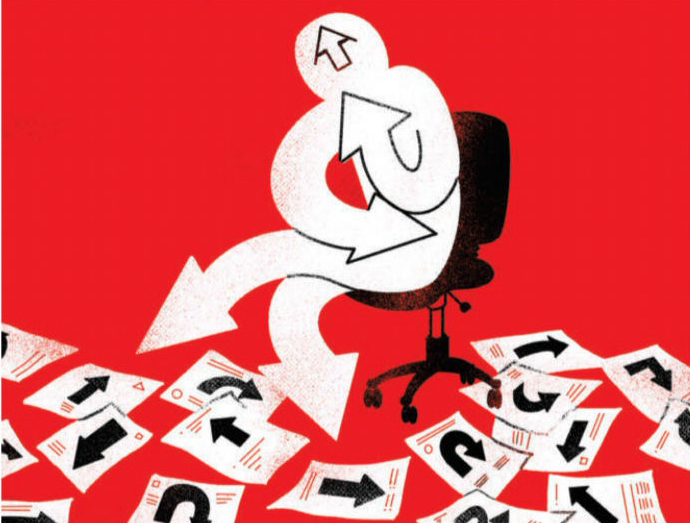Finance & economics
财经板块
The uncertain economic recovery: Mixed messages
不确定的经济复苏:信息混杂
Depending on where you look, the economic recovery is either on track or in trouble
世界上不同地区的经济要么正在恢复,要么还深陷泥沼
SO MUCH IS unfamiliar about the pandemic that it has never been easy to make sense of what is going on. Yet in recent days uncertainty has gone into overdrive. Stockmarkets are volatile; uncertainty about the path of inflation and labour markets is high. The fate of the economic recovery seems to hinge on the answers to a number of big questions. Will the spread of the Delta variant of the coronavirus derail the global recovery? Will underlying weaknesses be revealed as governments unwind stimulus? How enthusiastic are households and firms about spending? But the answers are unclear. And four gauges of the recovery—market prices, “high-frequency” activity indicators, hard data and economists’ forecasts—are all giving mixed signals.
关于疫情,仍然有很多未解之谜,想要弄清楚现在正在发生着什么,并非易事。但近来,不确定性色彩越来越浓烈。股市反复无常;通货膨胀和劳动力市场也变化莫测。经济复苏的命运似乎取决于几个重要问题的答案。新冠病毒变异毒株德尔塔的传播是否会拖垮全球经济的复苏?政府出台的刺激措施是否会暴露潜在的风险?百姓和企业对花钱的欲望有多强?这些问题的答案都模糊不清。经济复苏的四大指标——市场价格、“高频”活动指标、硬数据以及经济学家的预测——所释放的信号都模棱两可。

Start with markets. America’s Treasuries are a haven in uncertain times. In March investors sold them off as they took fright at rising inflation, pushing the ten-year Treasury yield up to 1.7%. But it has slowly slipped back since, as doubts about the continued strength of the economic recovery have taken hold. The growth scare seemed to intensify on July 19th, when the ten-year yield dipped to 1.19%. The S&P 500, America’s main stock index, fell by 1.6%, with smaller companies hit hardest. Commodity prices also took a knock. That of Brent crude oil fell by 7% to $69 a barrel. The dollar strengthened against other rich-world currencies.
首先来看看市场。在不确定时期,美国的国债是一个避风港。3月份,由于担心通货膨胀加剧,投资者纷纷抛售国债,将10年期国债收益率推高至1.7%。但自那以后,随着人们对经济复苏的持续力度产生怀疑,国债收益率开始缓慢回落。7月19日,当10年期国债收益率跌至1.19%时,人们对增长的恐慌似乎加剧了。美国主要股票指数标准普尔500指数下跌了1.6%,其中小企业受到的打击最大。大宗商品价格也受到了冲击。布伦特原油价格下跌7%,每桶降至69美元。美元对其他发达国家货币走强。
All this seems consistent with concerns about the recovery and, in particular, a reassessment of what is known as the “reflation trade”, where investors buy assets most likely to benefit from an economic upswing. Yet by the next day the growth scare had seemingly blown over. Stockmarkets reversed their fall. The oil price and bond yields recovered a little.
所有这些似乎都与对经济复苏,尤其是重新评估所谓的“通货再膨胀交易”——投资者购买最有可能从经济增长中受益的资产——的担忧相一致。然而,到第二天,增长恐慌似乎已经消散。股票市场扭转了跌势。油价和债券收益率略有回升。
译文由可可原创,仅供学习交流使用,未经许可请勿转载。












